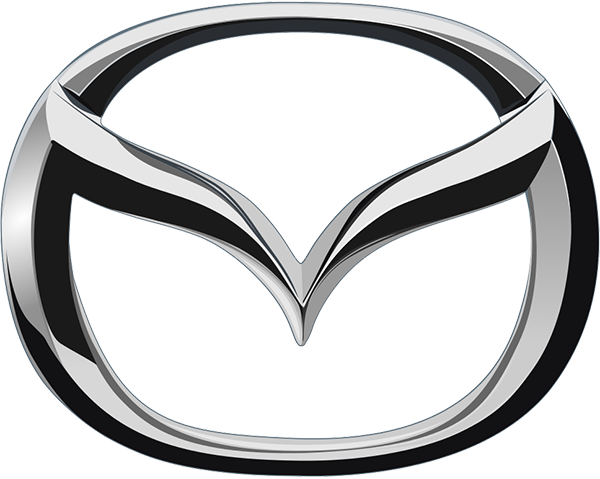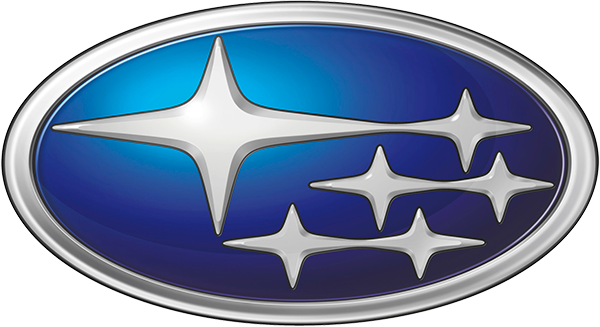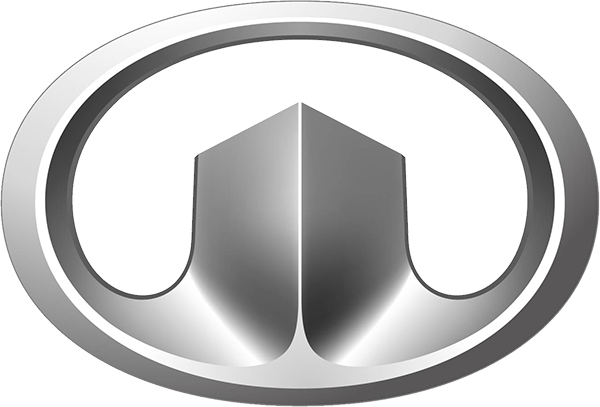Leather has played a major role for a car’s interior over the years. When it comes to luxury, leather has been unbeatable. People has kept the preference for leather, despite other petroleum based materials that have been introduced into the market. However, the creative application of an alternative material, the pineapple fiber, can spark a chain reaction when it comes to car upholstery choice. And this new development originated right here in the Philippines. It is called Piñatex.
Car makers use leather in car seats and interior design as it is synonymous with comfort and durability. However, there are lots of questions that boggle the mind of a consumer about leather upholstery. Is it resistant in absorbing dirt? How will it feel after a prolonged exposure to the sweltering heat and sun, especially in a tropical country like the Philippines? Will it be easy to clean? Will it crack over time? How environmentally friendly is leather?
Even after all these questions, there is still the perception that leather is still the best material for car upholstery. Although leather has been used for a long time in car seats, its future is about to be challenged. In fact, some even say that “leather is so common that it no longer feels exclusive.”
How can Piñatex Pineapples Fiber challenge Leather?
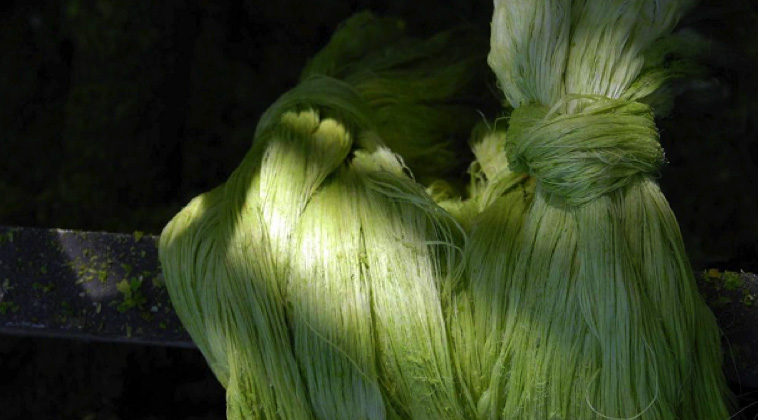
The automotive industry is always searching for innovative ways to create something extraordinary that may break the norm and attract more customers. And Pineapple fiber is one of them. 25 million pineapples are produced each year and their leaves are often burned or dispose as waste. This results in 40,000 tons of pineapple waste yearly. Yet surprisingly the leaves turn out to contain a strong and flexible fiber, making it lighter and lower cost material than animal leather.
It also touches the issue of using a material which does not derive from animal. People are becoming more conscious and spreading awareness on the use of animal products. These factors combined are leading to a search for alternatives. Even Rolls-Royce unveiled cars seats covered with wool and silk upholstery. But, the most interesting of those developments is made out of Pineapple fiber.
Dr Hijosa became aware of the qualities of pineapple leaf fibers – their finesses and strength – while working in the Philippines as a consultant to the Product Development and Design Center in the ‘90s. Looking for an alternative product to leather and petroleum based textiles, Hijosa began to explore possible ways to develop a new pineapple fiber textile material.
Carmen Hijosa approached one of the leading suppliers of pineapples in the Philippines to study the pineapples leaves fiber. The outcome resulted in the development of a sustainable textile called, Piñatex. The textile fibers is formed into sheets using a felting process and covered with waterproof coating. This material can potentially be used to create shoes, jackets, handbags and of course car upholstery.
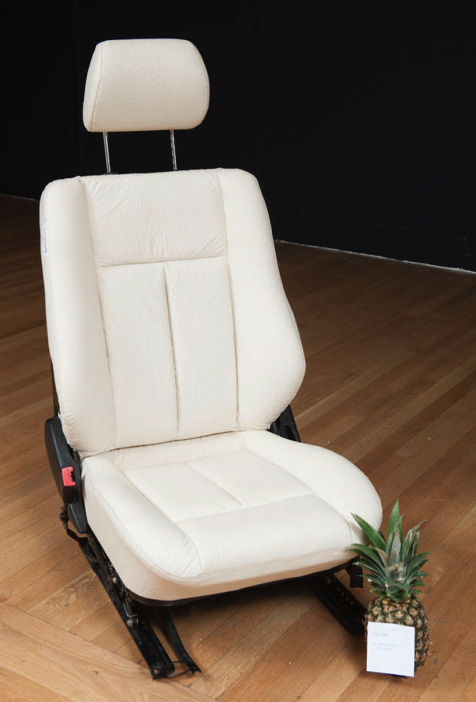
“We are completely new. We are not replacing, we are an alternative. We are an alternative to leather and an alternative to petroleum-based textiles which is sustainable and has a strong sociological and ecological background” said Carmen Hijosa.
Piñatex is now being introduced to the automotive industry. The goal is to make vehicles more eco-friendly and at the same time it is also a more cost effective option. This change is perceived as evolutionary as it may give a new look to car’s interior and more meaning for the environmentally conscious customers.





